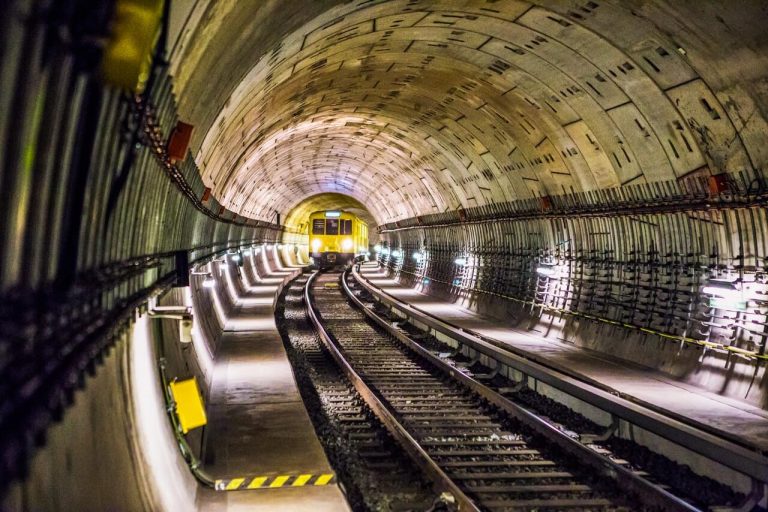The quality and timing of infrastructure development are critical to how well Australia’s economy will perform as it transitions to a greener economy and looks to build local manufacturing capability.
After an uncertain few years, this Federal Budget is an opportunity to focus on the future and plan for what lies beyond the pandemic and the cycle of extreme weather events we have experienced.
Some of Australia’s long-term needs are pressing. Big picture infrastructure priorities include the energy transition from coal to renewables, adaptation and disaster preparedness, and local manufacturing capability that supports more resilient supply chains.
In the short term, I expect this year’s Budget for infrastructure will focus on defence infrastructure and provide support for flood recovery.
Australia has a significant pipeline of rail and road projects underway that is due to peak within the next two years. So we may see some funding for the next generation of projects, including projects that accelerate investment in a shift towards regional Australia and support the development of well located regional and urban hubs.
What’s already been announced?
A number of infrastructure commitments from this year’s Federal Budget have already been announced for defence, renewable energy and manufacturing.
Recently announced Budget funding include:
- $10 billion for an east coast submarine base
- $4.3 billion for a naval shipyard upgrade in Western Australia
- $282 million for defence projects and shipbuilding in the Northern Territory
- $500 million for a new dam in Queensland for hydroelectricity, agriculture and mining
- $243 million for critical minerals manufacturing
Investing in Australia’s long-term commitment to decarbonisation
The Government is committed to net zero emissions by 2050. Some detailed commitments in the Budget on the infrastructure required to get there would be welcomed.
How will Australia shift reliance from coal to renewable energy and alternative fuels such as green hydrogen? What renewable energy capacity is needed to ensure low emissions power as Australia ramps up electric vehicle use? And what skills and training are needed to support this energy transition?
These long term transitions require Government investment. In a Budget taking place shortly before an election, I’m hopeful we will still see a focus on infrastructure initiatives that build towards long-term, sustainable growth for Australia.
Delivery of road and rail infrastructure investments are still important
The current pipeline for national infrastructure projects faces significant pressure due to skilled worker shortages and supply chain upheaval.
So what I want to see in this Budget is an outline of the next generation of Commonwealth infrastructure projects, which will re-energise our cities and regional centres, and support growth.
Last year’s Budget announcements were quite roads focused, with funding set aside for ‘decisions taken not yet announced’. This year, we may see that play out, and some rebalancing of projects, with rail investment including for faster rail projects that support regional development and develop connected regional cities.
Two road commitments have already been announced:
- $2.26 billion for Adelaide’s North-South corridor
- $678 million to seal 1000km of the Outback Way
Funding Australia’s infrastructure needs
Building Australia’s resilience through infrastructure requires funding. Public sources of capital are constrained by conflicting demands, especially given the significant Budget deficit that Australia is now facing as a result of COVID-19.
Public Private Partnerships can help bridge the infrastructure gap and assist the Government in meeting conflicting financial demands. PwC Australia also supports alternative funding models such as capital recycling where the sale of mature infrastructure assets releases funds for reinvestment in critical new public projects.
Both of these models could help support the Government in its efforts to solve immediate and long term infrastructure needs as Australia transitions towards a future that is self-reliant and which delivers on its climate change commitments.
Source: PwC





